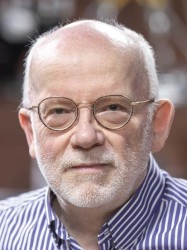BibTex format
@article{Rose:2020:10.1098/rsta.2020.0014,
author = {Rose, S and Hatfield, P and Scott, R},
doi = {10.1098/rsta.2020.0014},
journal = {Philosophical Transactions of the Royal Society A: Mathematical, Physical and Engineering Sciences},
pages = {1--8},
title = {Modelling burning thermonuclear plasma},
url = {http://dx.doi.org/10.1098/rsta.2020.0014},
volume = {378},
year = {2020}
}

